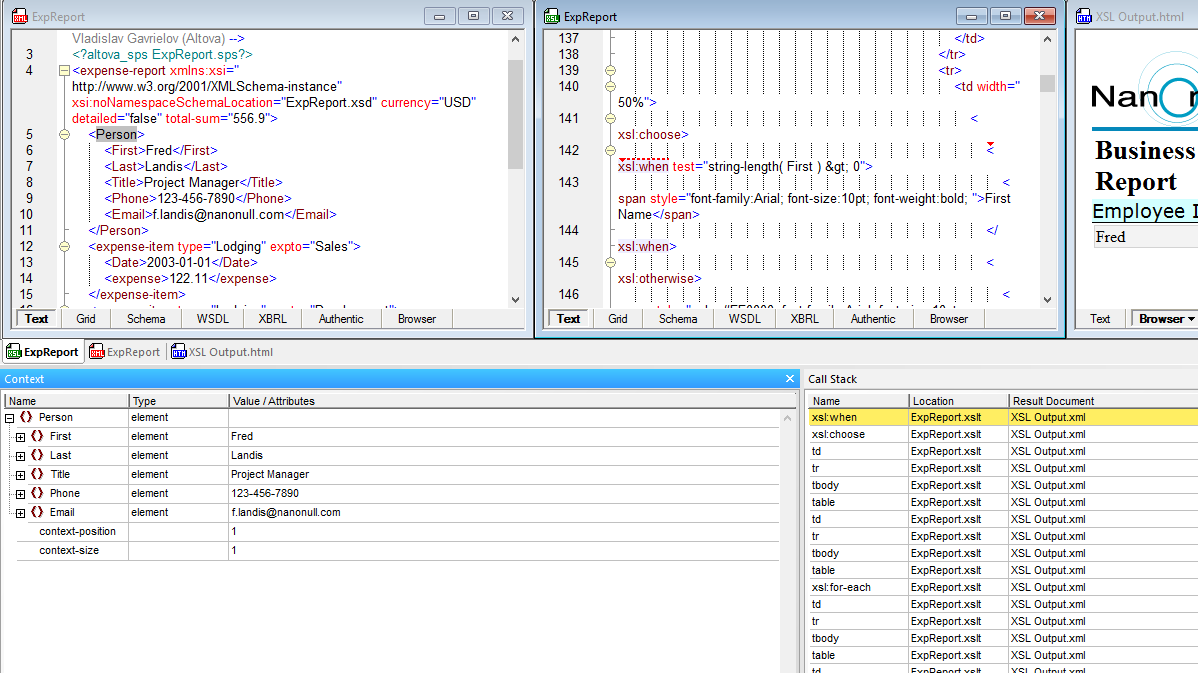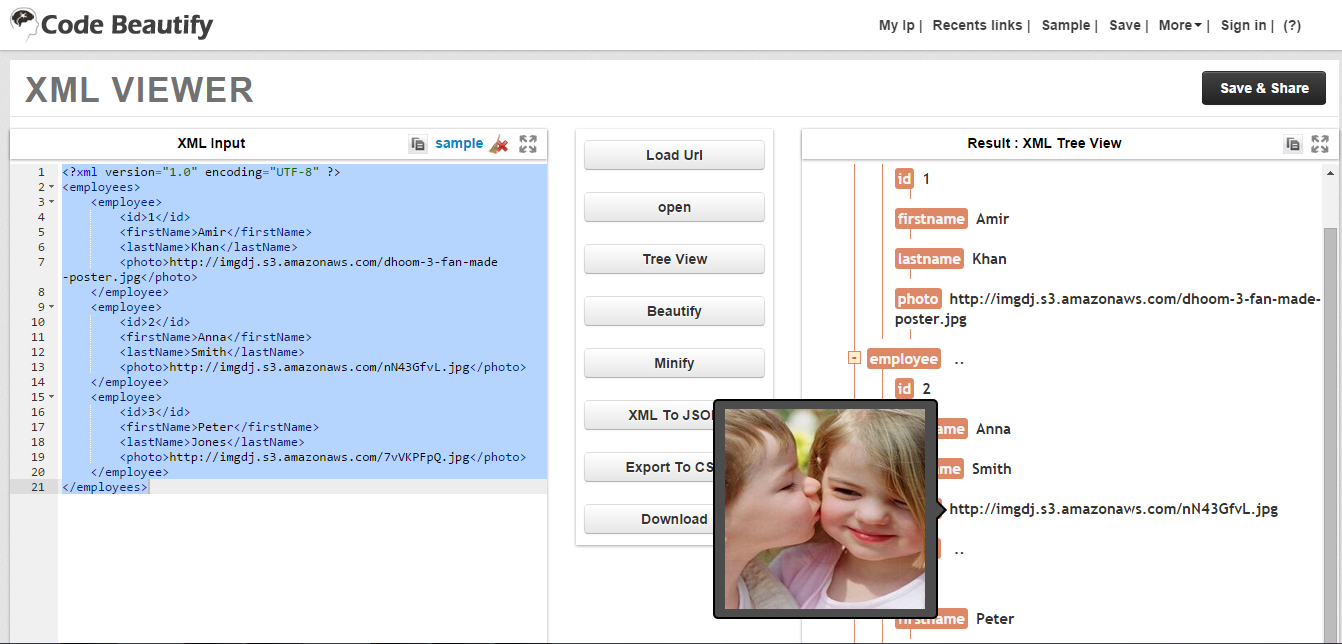Online Xml Reader
- Free online browser-based XML editor. Just paste your XML and you'll be able to view and edit it in your browser. There are no ads, popups or nonsense, just an awesome web-based XML editor. Load XML, edit XML.
- XML Viewer XML Viewer Online helps to Edit, View, Analyse XML data along with formatting XML data. It's the very simple and easy way to Edit XML Data and Share with others. Know more about XML.
XML Viewer - extension for viewing XML documents. You have the ability to open XML and edit XML files instantly with this free extension. After you view and edit XML, you can save the edited XML file directly onto your desktop or your Google Drive. Disclaimer: Please note this extension is NOT made by Google and is made by an independent. XML Reader is a cursor over an input source of XML. At its core, an XML Reader reads one XML Node at a time, but there are additional helper APIs to make reading a sequence of nodes easier. The following types of readers input are supported.
Help
XML is essentially an agreement among people to store and share textual data using standard methods
Data is stored in XML documents. XSL documents describe how to change XML documents into other kinds of documents (such as HTML, TXT or even XML.) The process of transformation is called XSLT, or sometimes XSL transformations.
XML allows you to create your own self-descriptive tags or language, that suits your application. It allows you to store the data irrespective of how it will be presented. It was developed by an organization called the World Wide Web Consortium (W3C) and is available as an open standard.
XML (Extensible Markup language) is similar to HTML, which is commonly used to store and transmitting data. It is widely used in web services and APIs including SOAP and REST. In contrast with HTML, it has no predefined tags and attributes in its semantics. It support unicode characters, however, its default character encoding is UTF-8.
There are nine basic rules for building good XML:

- There must be a root element on top level.
- Tags must be closed or self-closed.
- Every element must have only one parent.
- There should be some limitation in tag names.
- All tags are case sensitive.
- Tag names cannot contain whitespaces and any special characters except underscore (_) and hyphen (-).
- The value of all attributes must be enclosed in quotes (').
- It is recommended to avoid using any predefined HTML tags.
Is XML a Programming Language?
A programming language have its own syntax and semantics which is used to solve digital problems. These programs require a compiler to read the instruction-set and perform specific tasks. So, XML does not possesses as a programming language because it has not the capability of performing the computation or the algorithms. It use to store data in a simple text file, transmit over HTTP to share with others and so the receiver of that data (in XML format) process and read it using XML's predefined rules.
Xml Editor Windows 10
The following diagram depicts the syntax rules to write different types of markup and text in an XML document.
-->
XML Reader is a cursor over an input source of XML. At its core, an XML Reader reads one XML Node at a time, but there are additional helper APIs to make reading a sequence of nodes easier.
The following types of readers input are supported:
- An XML Buffer
Security
The reader will verify that the attributes present on an element are unique. The time required to perform this validation is a function of the number of attributes on the element which can be as large as WS_XML_READER_PROPERTY_MAX_ATTRIBUTES. Therefore, processing large documents when WS_XML_READER_PROPERTY_MAX_ATTRIBUTES is set to a large value may present an opportunity for a denial of service attack.
The reader will map prefixes to namespaces for each element and attributes. The time required to perform this mapping is a function of the number of xmlns attributes in scope which may be as large as WS_XML_READER_PROPERTY_MAX_NAMESPACES. Therefore, processing large documents when this property is set to a large value may present an opportunity for a denial of service attack.
While the reader will ensure that the document follows the grammatical specification of xml and furthermore that its aspects are within the quotas specified, the content of the document must still be considered untrusted when coming from an untrusted source. Users of the reader should check all element and attribute names and namespaces using WsReadToStartElement, WsFindAttribute, or by manually inspecting nodes.
Some other situations to consider include, but are not limited to:
- Expected elements may be missing
- Unexpected elements may appear
- Expected attributes may be missing
- Unexpected attributes may appear
- Elements may appear as empty elements
- Whitespace may appear in unexpected places

Users of the reader should not allocate memory based simply on values read from the document. For example, consider the following xml document:
Allocating an array based soley on the assumption that some number of elements will follow would be a potential attack vector. The user of the reader in this case should instead incrementally allocate the memory as the elements appear.
XML reader does not support DTD. The user of the reader does not need to concern about DTD verification.
The following callback is used with XML readers:
The following enumerations are used with XML readers:
The following functions are used with XML readers:
The following handle is used with XML readers:
Online Xml Reader Software
The following structures are used with XML readers: